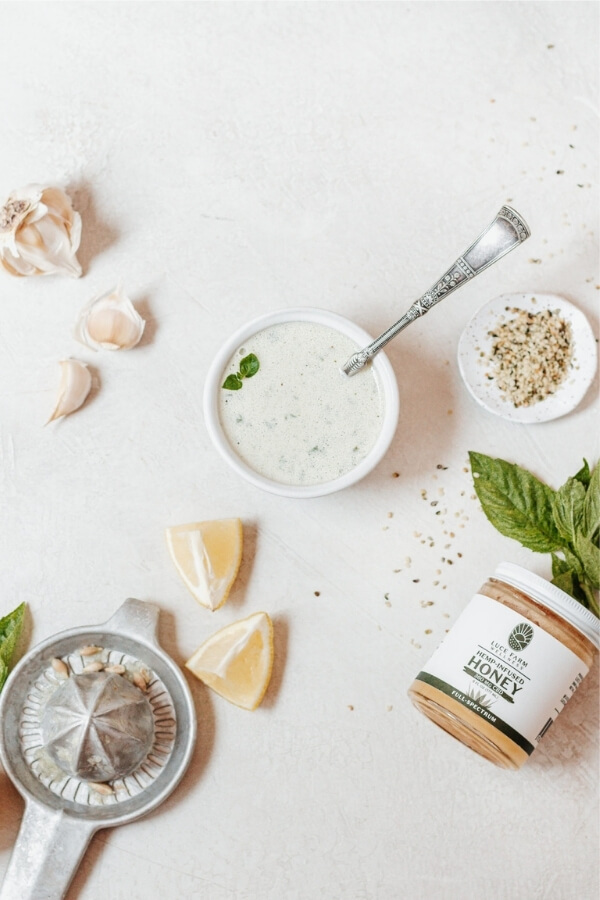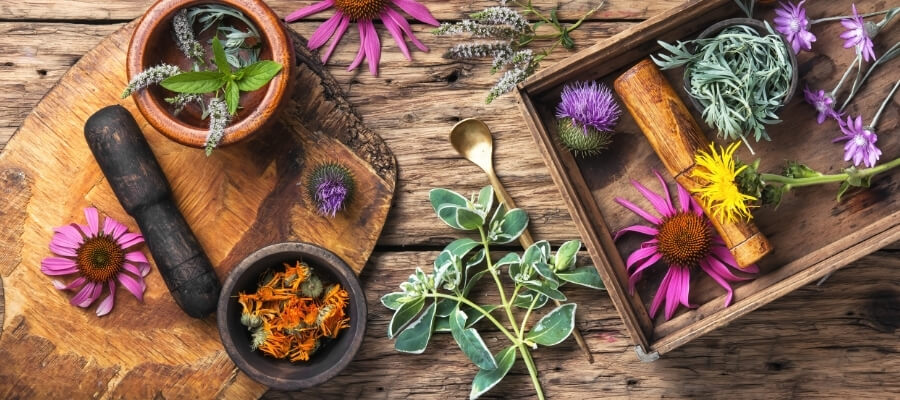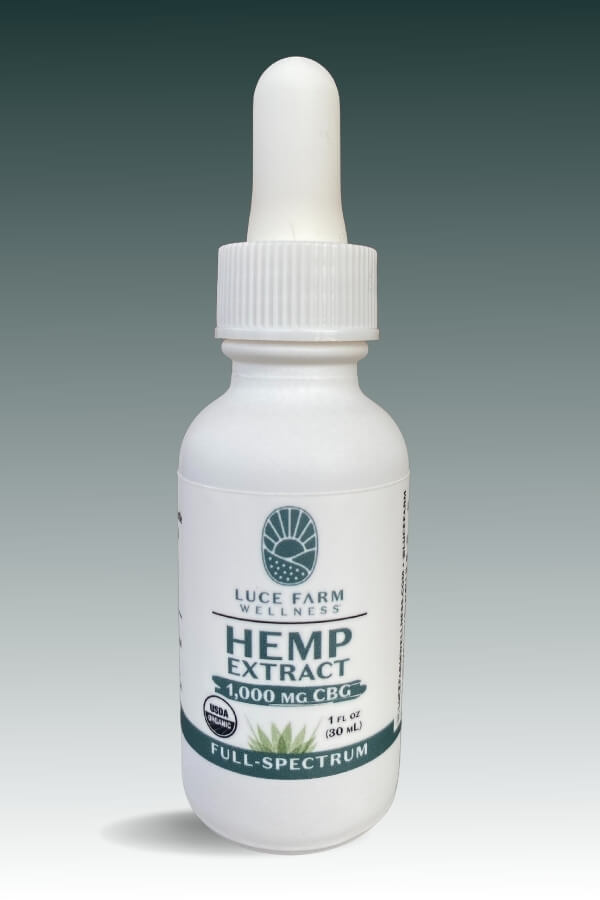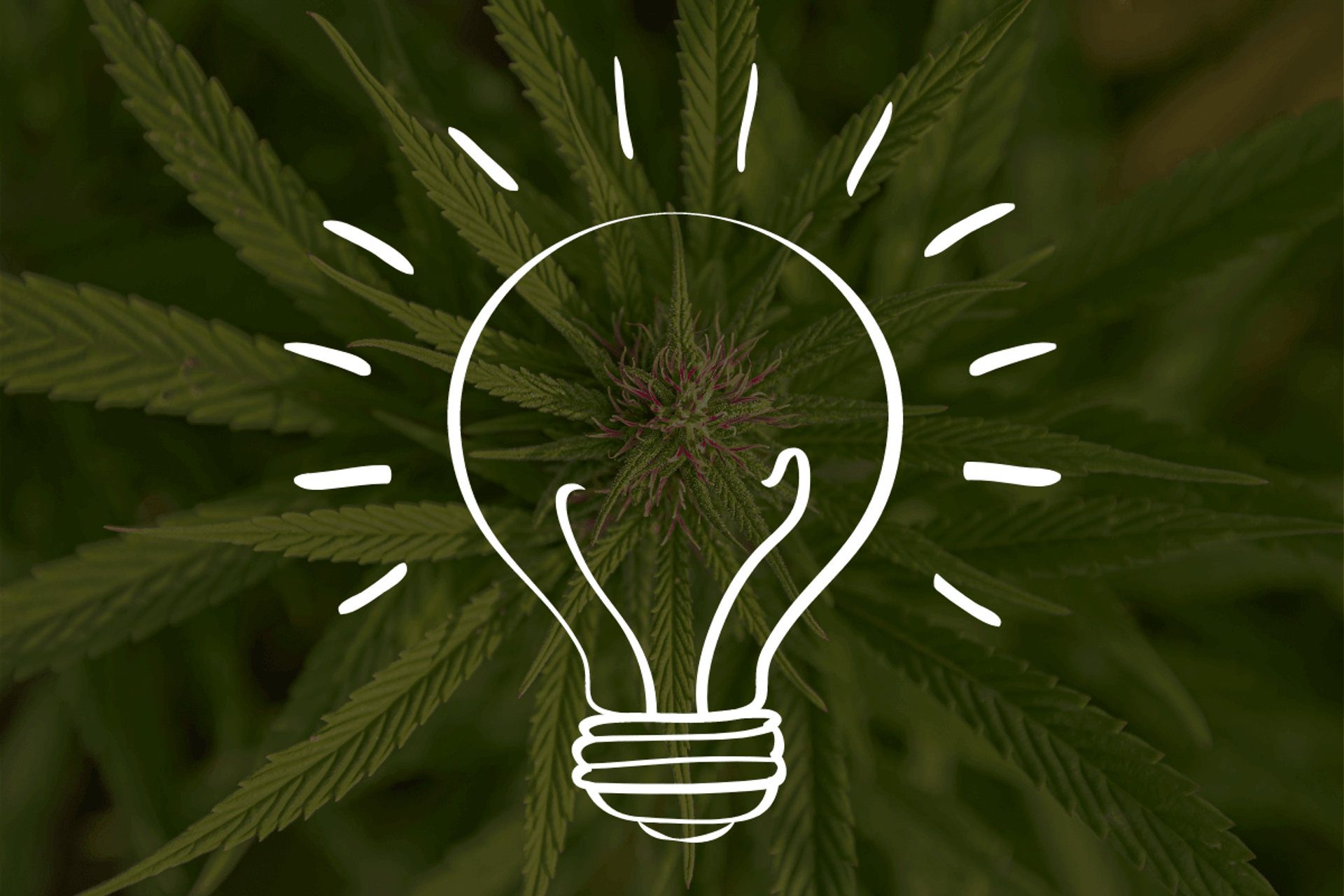10 Interesting Facts About Cannabinoids
12th Jan 2021
You’ve probably already heard about CBD and CBG, or have even tried them for yourself, but there’s so much you may not know about cannabinoids. Scientists have identified at least 113 cannabinoids in the cannabis sativa plant, each with different effects on the human body. These naturally-derived compounds have a rich and storied history that’s worth diving into. So we’ve compiled a list of 10 interesting facts about cannabinoids so you can learn more!
1. Cannabinoids have been used for several millennia
Many of us think of cannabinoids as fairly new products. Partly because of the 2018 Farm Bill that formally legalized hemp cultivation. However, hemp has been grown for many thousands of years, as evidenced by hemp rope that was dated back to before 8000 BCE. It’s suggested that cannabis was one of the first agricultural crops ever grown.
The first mention of the use of cannabinoids to benefit health came in 2737 BCE by Emperor Shen Nung—sometimes called the Father of Chinese Medicine—who experimented with a vast number of plant compounds and wrote about their benefits in his medical encyclopedia titled Pen Ts’ao.
2. The Founding Fathers grew hemp

Long before its cultivation was outlawed in the United States, colonial and early American farmers were growing cannabis sativa—but not for the same reasons as today. Hemp arrived on North American shores in the form of textiles, including the canvas sails and rigging found on the Mayflower. British sailing vessels were also rarely without a supply of hemp seed. The seeds could be grown quickly on distant lands in case repairs to the mariners’ sails and lines were needed. British colonies were, in fact, required by law to produce hemp for the crown. Even some of our most famous presidents grew hemp on their own farms. Jefferson directed that an “acre of his best land” be dedicated to the cultivation of hemp at his Poplar Forest estate. Historical records show that George Washington made the mistake of not separating his male and female hemp plants, resulting in a lower-quality yield. Early drafts of the Declaration of Independence were even written on hemp paper.
Although some historians have attempted to connect hemp cultivation with recreational use, there is little evidence to suggest that the first Americans were using hemp for much other than the production of textiles.
3. Cannabinoids are fit for a queen
Despite at least six assassination attempts, Queen Victoria was known for her strength of will, her incredibly long reign, and for her popularity with her subjects. She was also known for being the first known carrier of hemophilia, which she passed on to her descendants. The queen suffered from a number of health concerns including headaches and menstrual pain. Even with a complete lack of clinical research at the time, her private physician, Sir J. Russel Reynolds, was aware of the many potential benefits of cannabinoids and recommended them to Queen Victoria to improve her wellness.
4. Cannabis was added to the US Pharmacopeia in 1850
Around the same time as Queen Victoria’s reign in England, Americans were also using cannabinoids regularly to improve wellness in many ways. Their preferred method of use was in the form of tinctures which could be purchased over-the-counter.
First published in 1820, the US Pharmacopeia was a compendium, or a set of standards, intended to regulate consistency, quality, and use of substances such as medical drugs and botanicals used for the benefit of national health. Cannabis first appeared in the United States Pharmacopeia (USP) in 1850. It remained a part of the USP until 1940, around the same time as cannabis prohibition began.
5. CBD was first isolated in the 1940s
Scientists became interested in isolating the active ingredients in cannabis in the 1800s, but had only managed to extract cannabinol (CBN) by the turn of the 20th century. It wasn’t until the 1940s that scientists isolated the two most abundant cannabinoids: CBD and THC. This paved the way for researchers to learn more about how these individual compounds impact human health.
These days, extraction techniques have become extremely advanced. Supercritical CO2, the chemical-free extraction technique used by Luce Farm Wellness, allows CBD producers to extract the full spectrum of cannabinoids from cannabis plants. The result is a non-intoxicating, potent hemp extract with a wide range of possible uses.
6. Some cannabinoids are allowed in professional sports
The World Anti-Doping Agency is the major organization that regulates the use of performance-enhancing drugs—such as human growth hormones and anabolic steroids—in official athletic competitions. In 2019, the WADA removed CBD from its prohibited substances list.
Although CBD has many potential benefits for athletes and exercise enthusiasts, the WADA found that it was not a performance enhancing drug and is unlikely to cause changes in movement, balance, or coordination. All other cannabinoids remain prohibited by the WADA unless the player obtains a “Therapeutic Use Exemption.”
7. You can make your own skincare with cannabinoids
Most people think of cannabinoids as a wellness product to be used in edible or liquid form, but did you know that they can also be an effective form of skin care? Many cannabinoid receptors lie just underneath the skin, and researchers have found that there are many potential benefits to using cannabinoids topically. There are already a number of cannabinoid-infused topical products on the market, but you can also create your own topicals with a few ingredients you may already have on hand. Consider mixing a few drops of CBD into your after-bath lotion for a luxurious moisturizing experience. You can also add CBD or CBG to massage oils or sports creams for a post-workout rubdown. For a more direct approach, you can even apply a few drops of CBD oil directly to the face along with your usual moisturizers and serums.

8. Other plants influence the endocannabinoid system
When you think of cannabinoids, you probably think of the ones found in hemp. And for good reason—there are 113 known cannabinoids in cannabis plants including CBD, THC, CBG, CBN and many others. While technically only cannabis contains the compounds that we consider to be cannabinoids, many species of plants also contain cannabinoid-like compounds that similarly influence the endocannabinoid system.
For example, sunflowers contain CBG-like phytocannabinoids called amorfrutins. Black truffles contain anandamide, which is one of the two known endocannabinoids also produced by the human body. Kava, which is often consumed as a calming social beverage, contains yangogin, a compound that interacts with the ECS’s CB1 receptors. Other plants that influence the endocannabinoid system include clove, black pepper, Echinacea, broccoli, ginseng, and carrots.
9. Almost every animal has cannabinoid receptors
Since CBD experienced a renaissance in 2018, researchers and pet owners alike have taken a keen interest in how CBD and other cannabinoids may affect pets. CBD pet treats and hemp extract for pets have made their way to the CBD market, but do these products have the potential to work? Studies suggests they do.
The endocannabinoid system, or ECS, is a neuromodulatory system that has been found to regulate a number of functions throughout the body. Phytocannabinoids, such as CBD and CBG, interact with receptors in similar ways to endocannabinoids, which are produced by the body.
Researchers have found an endocannabinoid system in nearly all animals, from mammals to Cnidarians (some of the most primitive life forms on earth). Birds, reptiles, fish, and even invertebrates have an ECS. The system’s presence in so many living beings suggests a major evolutionary benefit.
In addition to helping humans promote everyday wellness, there’s evidence to suggest that CBD can help our pets maintain health as well. More research is needed to definitively say what benefits pets may derive from the use of cannabinoids. It’s important to note that THC, the main psychoactive ingredient in cannabis, should never be given to animals.
10. CBG is the best cannabinoid you’ve never heard of

By now, nearly everyone has heard of CBD and THC. Most, however, are still not familiar with a compound known as cannabigerol, or CBG. Found in only trace amounts in most hemp plants, CBG has been called the “Rolls Royce of Cannabinoids.” Like CBD, it is non-psychoactive and can be taken under the tongue or mixed into a variety of foods and beverages.
While hemp plants grown for CBD production can contain a concentration of 20% CBD or more, the CBG found in these plants accounts for only 1% or less of the cannabinoid profile. Because of its scarcity, CBG products are not as widely available as other cannabinoids. Typically, this minor cannabinoid would require the extraction of significantly more plant matter than CBD to produce the same yield. For this reason it is often remarkably more expensive than CBD.
Luckily for our customers, Luce Farm Wellness has been researching and cultivating CBG dominant hemp strains. This allows us to provide high quality, organic CBG at a price that is comparable to our other hemp extract products.
So what does CBG do? Researchers are still studying the many possible uses and benefits of CBG. We invite you to check out the studies we have provided in this comprehensive guide to CBG.
We hope you’ve enjoyed learning some lesser-known facts about cannabinoids. Check out our blog or contact us to learn even more about what cannabinoids can do for you.
